For many years now, the small, populous island country of Singapore has been working to make itself over into one of the greenest cities in the world. They have approached this goal from many different angles such as planting trees, requiring green energy usage in buildings, educating students on sustainability in classrooms, creating parks and Nature Ways between those parks so that fauna and flora can migrate and thrive. A country which cut down 90% of its mangrove trees in the last century as it pushed toward development now aims to plant a million trees by 2030 and to become a place in which nature pervades the urban landscape—a "City in Nature."
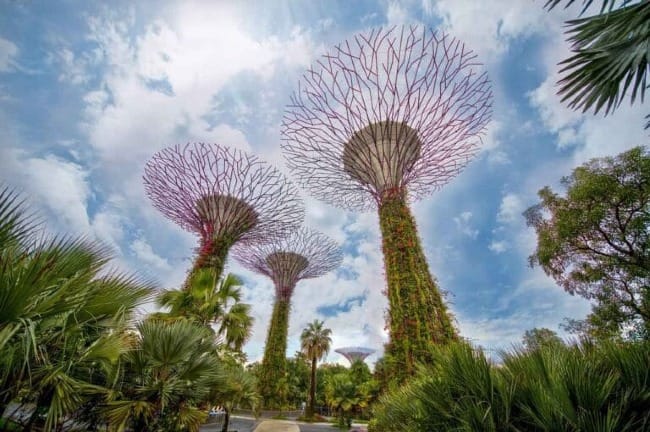
Providing a Green Refuge
As a result of this hard work, Singapore is now one of the top cities on the Green City index. It is known as a "garden city" because of the number of parks and green spaces found within its borders.
One small, but meaningful, part of this work is the creation of outdoor spaces intended to serve very specific users—frail seniors, those with dementia or cognitive impairment, those with physical, mental for behavioral health conditions, and those requiring physical rehabilitation. These therapeutic gardens are fairly new to Singapore (the first one being created in 2015), but response to them has been very positive; there are now 13 and they plan to bring that total to 30 by 2030.
Singapore isn't the first country to create therapeutic gardens; they have learned from other countries where the ideas and research originated such as Canada, the United Kingdom, Japan, South Korea, the U.S., and Australia. They have then adapted these gardens to fit their particular climate, the indigenous flora and fauna, and the culture and people.
Research consistently points to contact with nature as an important component of a person's physical and mental health. Providing intentional spaces where this can happen for those who have specific accessibility and design needs is an important step. Thoughtfulness, attention to detail, and creativity are all necessary to make these spaces usable and transformative for the people they are created for.
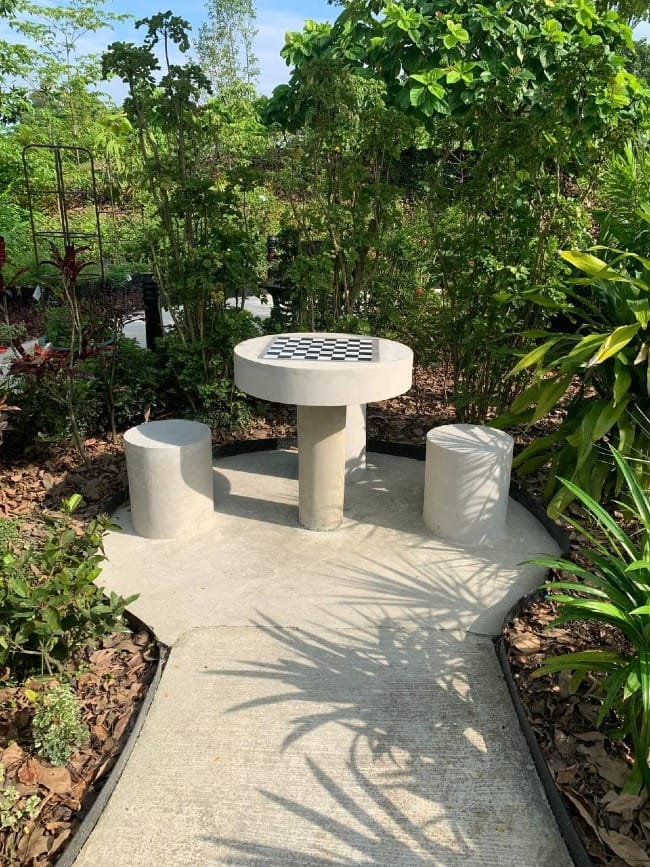
Therapeutic gardens provide places of encounter with nature in ways that specifically and intentionally are tailored to the needs of a particular group of people. Design layouts and features, including programming opportunities, enable those who would struggle to enter or remain in wilder, less formalized spaces so that they are able to encounter the natural environment in manageable and deeply helpful and healing ways.
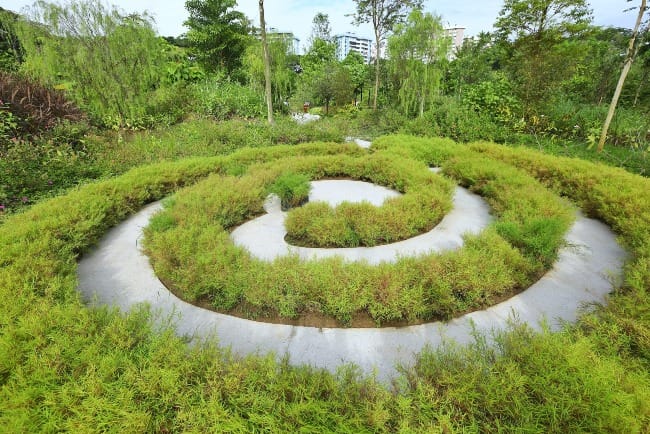
Designing with Purpose
In general, natural settings provide places of calm, inspiration, and physical interaction with the physical earth that are important to all humans. Therapeutic gardens provide very specific and intentionally designed spaces that incorporate particular elements that make them helpful and significant for the particular intended users.
Some of those specific design elements are clear, wide, well-connected pathways that loop in patterns that remove physical and mental navigation challenges. Pathways that give intriguing views of what is around the corner create motivation for users to continue down the path to discover the mystery that they can only see glimpses of. Plants and other elements that engage a person's senses draw them nearer to nature and also evoke memories that help anchor people with memory problems. Plentiful and accessible seating and signage is included for people in a wheelchair, those who stoop, and those who need simplified instructions. In other words, planning these spaces goes well beyond including wheelchair ramps.

In Singapore, it is the National Park Service which plans and supports this work. The largest of Singapore's therapeutic parks is in the Jurong Lake Gardens, which opened in October of 2021 and covers ¾ of an acre. It includes both an adult section and a children's section.
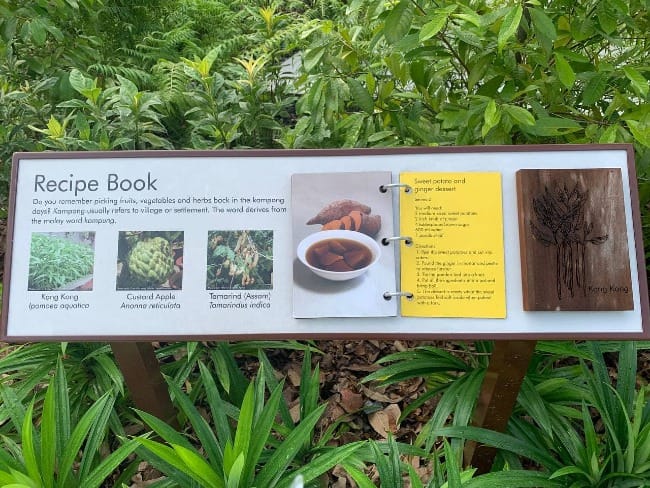
The adult section is designed specifically for adults with memory issues and has space that prompts reminiscing and interaction using features such as familiar edible plants arranged in zones.
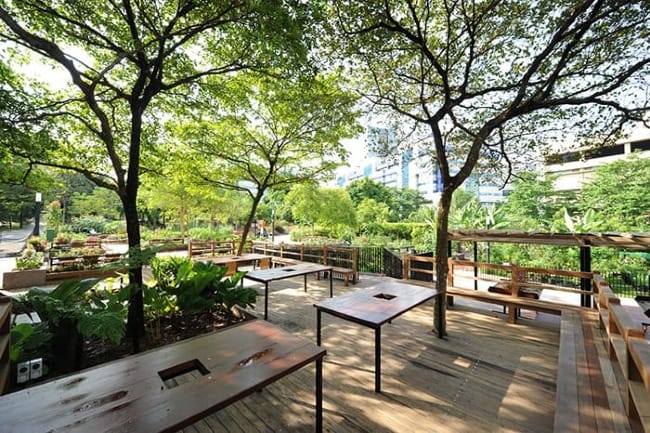
There is a shelter with moveable planters and an extended trellis which provides a central gathering place for organized events, such as brief 15-minute horticultural workshops. Moveable raised planters give seniors in wheelchairs opportunities to participate in gardening activities in which they propagate, grow, cultivate, and eat or display the results of their work. Trees are included to provide shade, beauty, habitat for wildlife, and a sense of permanence and longevity for the visitors.
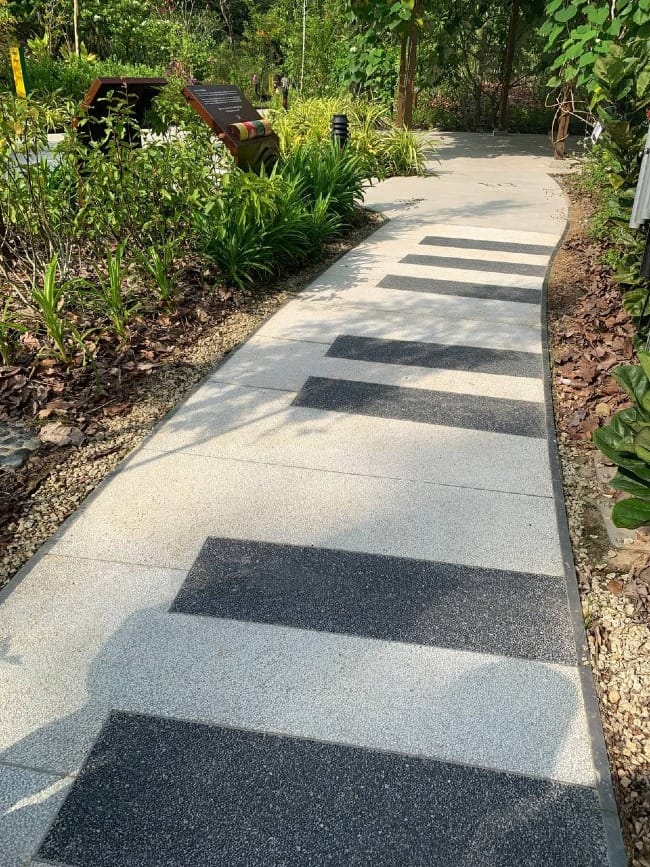
The children's section at Jurong Lake Gardens was the National Parks' first therapeutic garden in Singapore dedicated to children with special needs. It has four thematic zones which are designed to engage the senses: Fragrance Zone, Touch Zone, Sound Zone, and Plant Zoo. It is specifically designed for kids with mild autism and ADHD, and includes several play elements, including musical play equipment and a double set of swings.
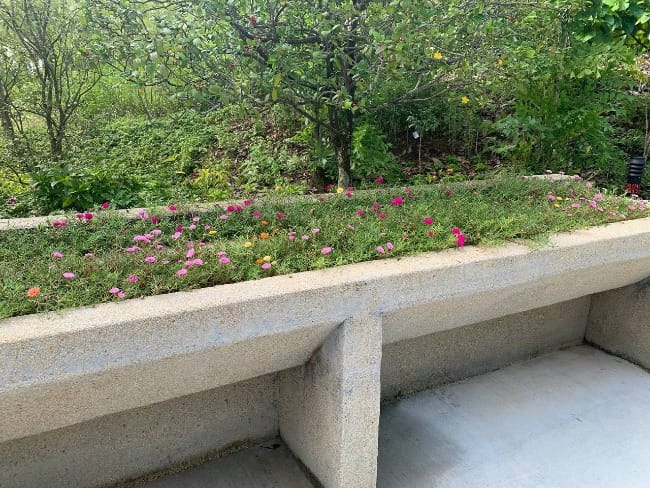
Raised planters are designed so that kids in wheelchairs can approach and use them and, as with the seniors, horticultural programs provide opportunities for kids to connect with nature in active and educational ways.
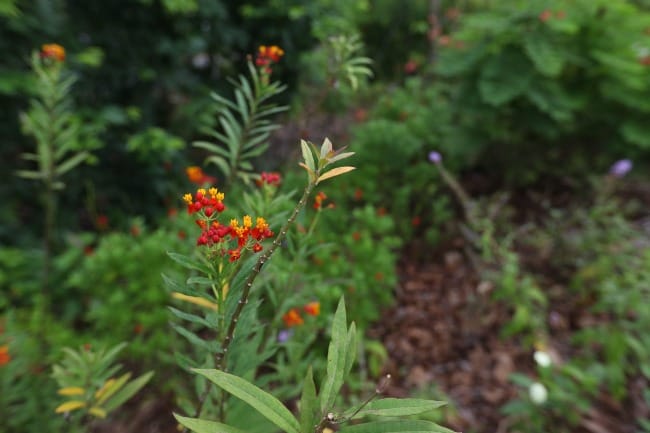
The entire garden is wheelchair-accessible and both the adult and children's sections deliberately incorporate sensory stimulation: warm colors that stimulate and cool colors that calm, leaf textures that draw people's interest and touch, sounds such as flowing water that create a peaceful atmosphere, and smells that evoke memories and nostalgia in a way that sets at ease people who are struggling to feel at home and comfortable. Plants that attract fauna, edible plants, and those that hold local cultural memory are all important elements of the gardens.
Connecting and Caring
In creating safe and healthy places for vulnerable and sometimes marginalized human creatures, these gardens reflect the value of caring for all of creation since humans, too, are part of creation. Are there ways in which you can or do advocate for those who need to connect with the rest of creation, but have roadblocks in their way that make this difficult? Do you make an effort to connect yourself to the earth in healthy and healing ways?
Feel free to leave a comment below or contact me directly at louise.conner@circlewood.online.
Louise
Want to support The Ecological Disciple?
A year-end gift to our parent organization—Circlewood—supports the current and future work of The Ecological Disciple.